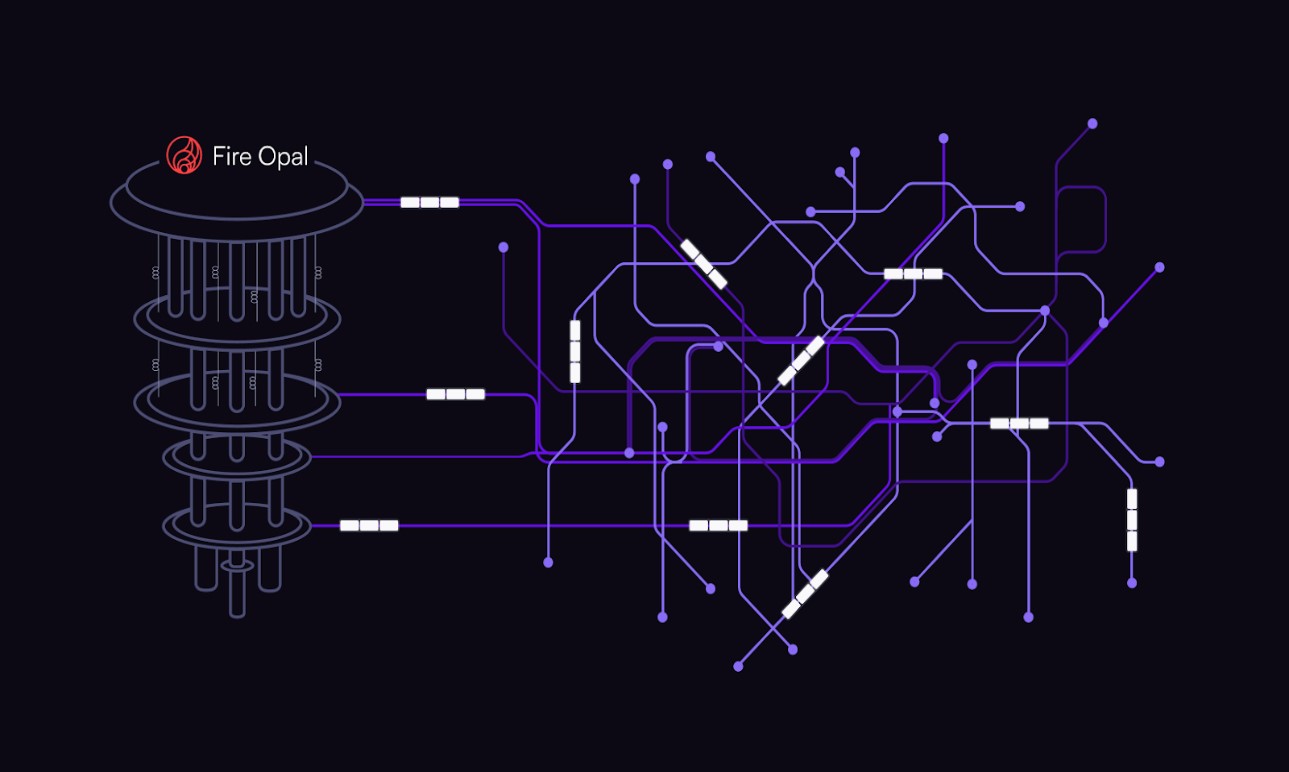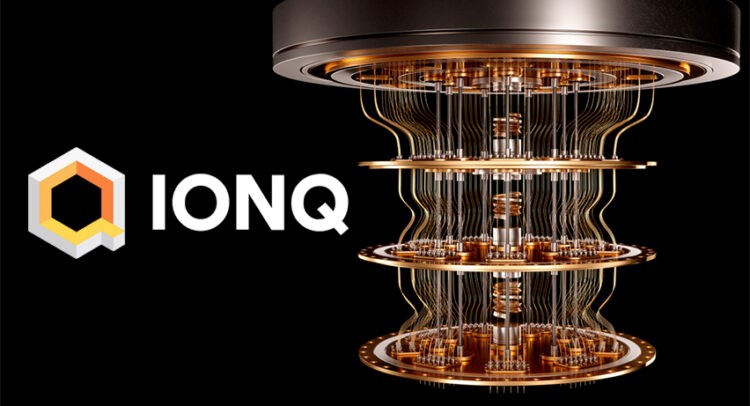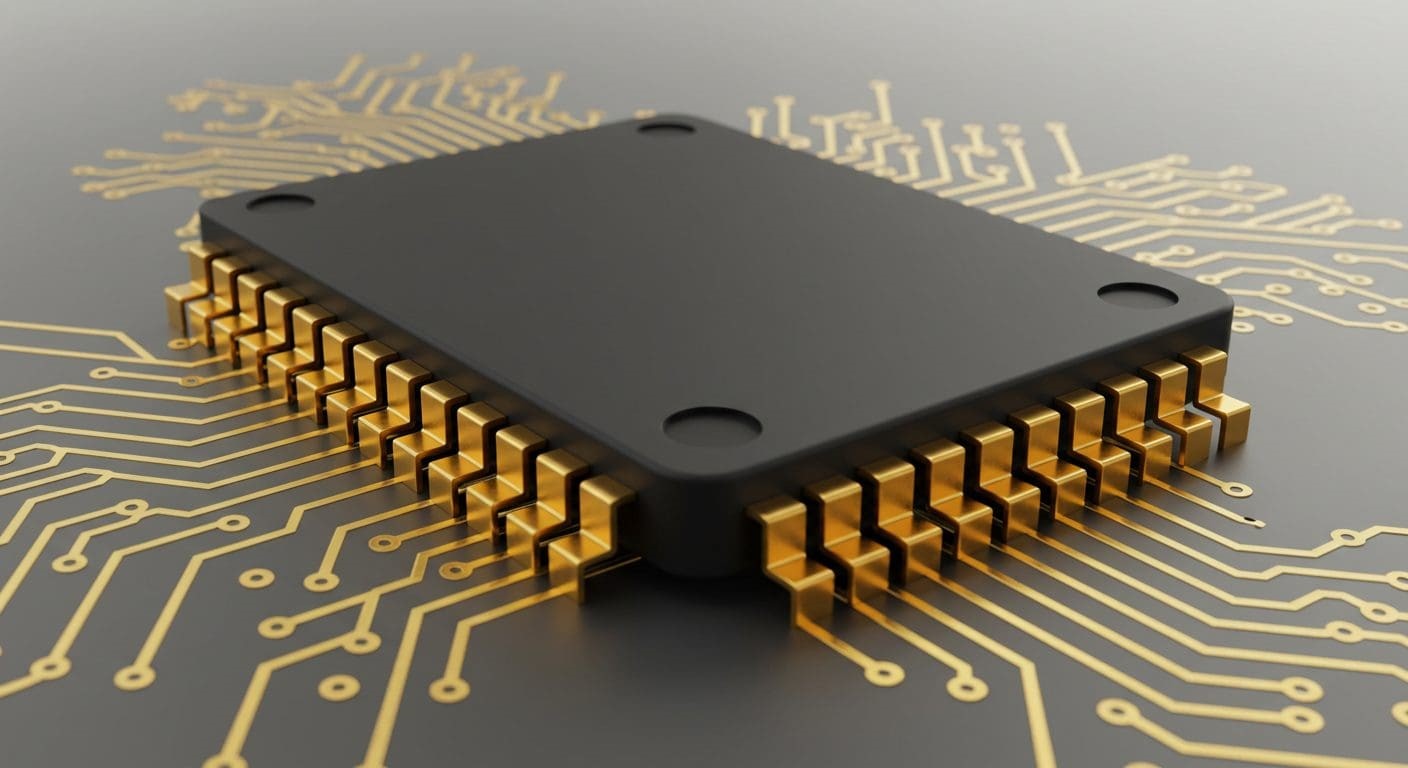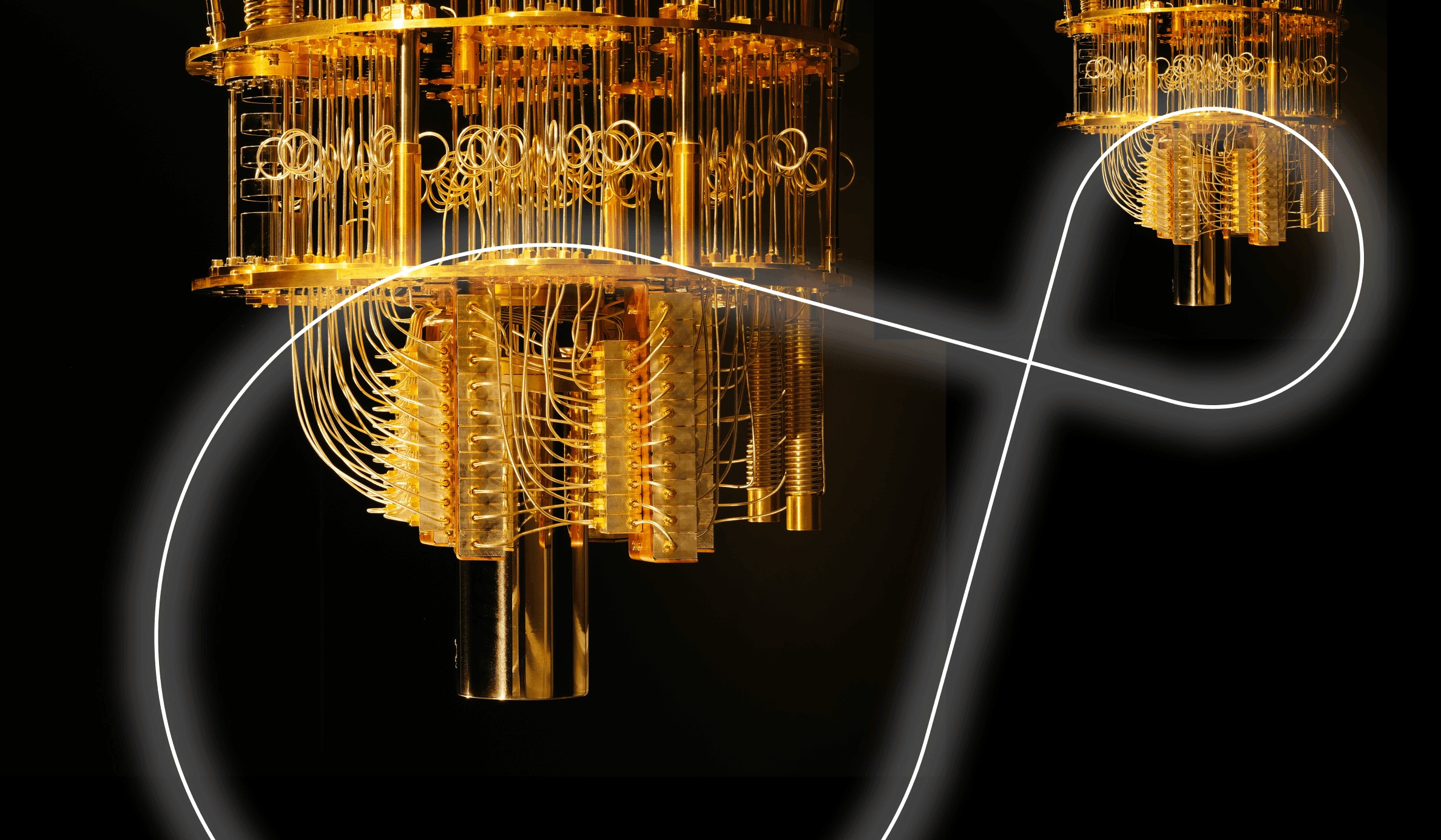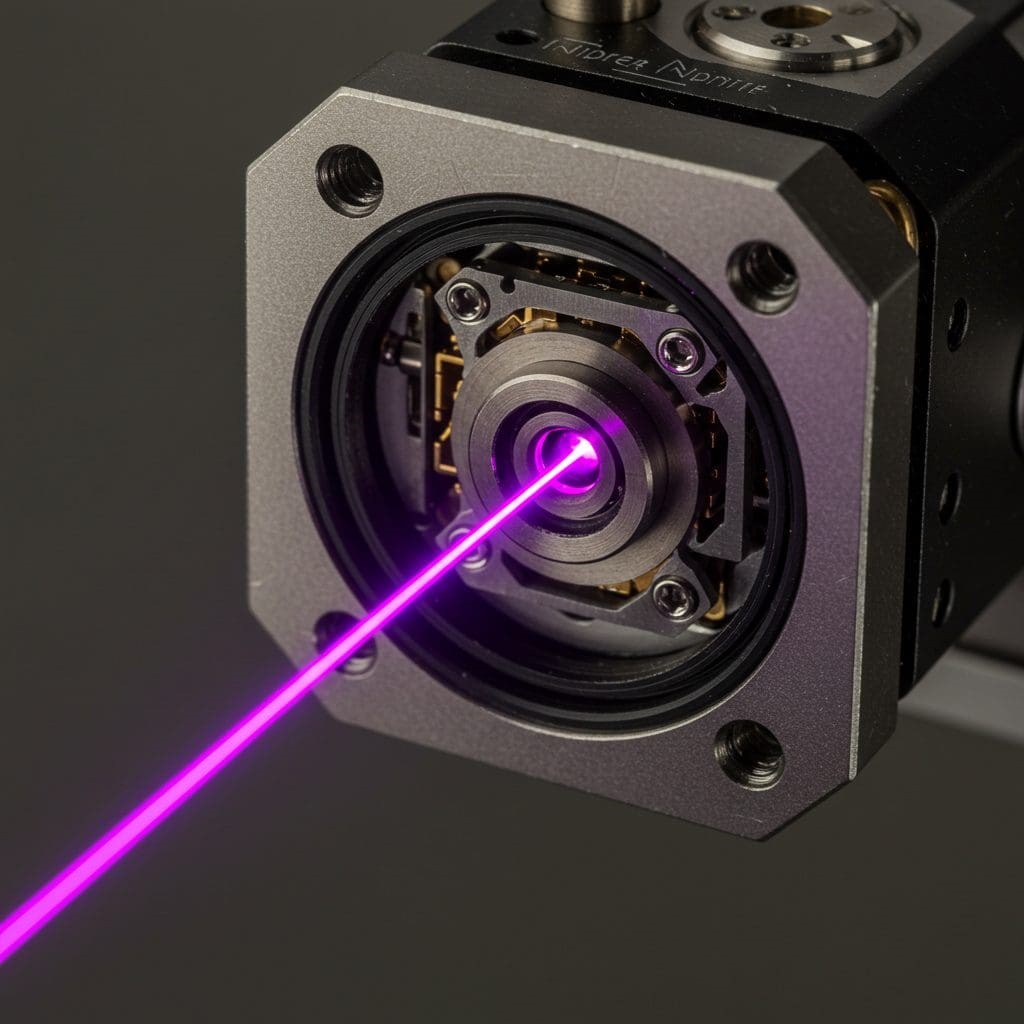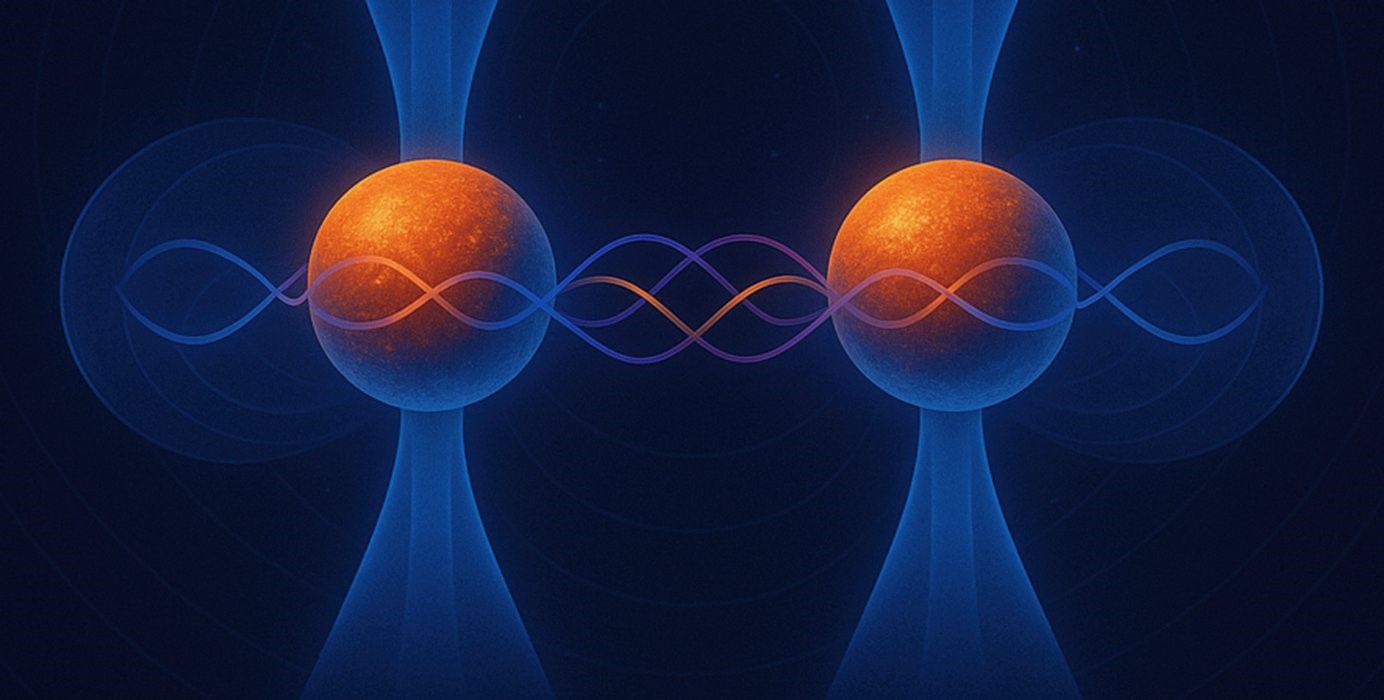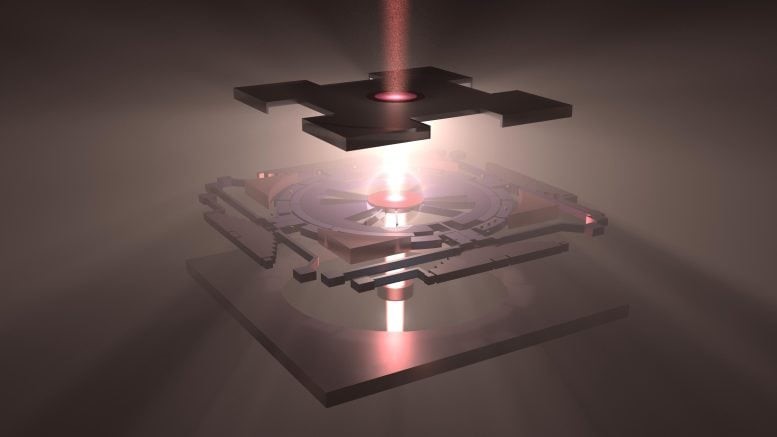High-Efficiency Quantum Memory with 94.6% Fidelity and Minimal Noise
Quantum memory plays a vital role in quantum information processing by enabling the reliable storage and manipulation of quantum states. A major challenge in the field has been balancing high efficiency with low noise. Addressing this, researchers have introduced an innovative spinwave compaction technique that achieves broadband quantum memory with 94.6% efficiency and an exceptionally low noise level of just 0.026 photons per pulse. This advancement significantly enhances the fidelity of stored quantum states, marking a major step forward for high-speed quantum networks and scalable quantum systems.

Figure 1. High-Efficiency Quantum Memory with Minimal Noise
The study, conducted by Jinxian Guo, Zeliang Wu, Guzhi Bao, Peiyu Yang, Yuan Wu, L. Q. Chen, and Weiping Zhang from institutions including Shanghai Jiao Tong University, East China Normal University, and the Shanghai Research Center for Quantum Sciences, showcases a novel Hankel-transform-based spatiotemporal mapping approach. Their work represents a substantial leap in the development of practical, high-performance quantum memory solutions. Figure 1 shows High-Efficiency Quantum Memory with Minimal Noise.
Advances in Spin Chains Enhance Quantum State Transfer in Solid-State Systems
The research builds upon foundational work in quantum state transfer via spin chains, first established by Gorshkov et al. in 2007, which provided key theoretical insights into transferring qubits efficiently—an essential aspect of quantum communication. Expanding on this, Minár et al. in 2010 explored solid-state implementations using materials like diamond and silicon, addressing practical challenges such as decoherence and environmental noise that impact real-world feasibility.
Further experimental validation came from studies by Michelberger et al. in 2010 and 2015, where entangled photon pairs were used to demonstrate quantum communication protocols in controlled environments. These experiments confirmed the practicality of earlier theories and helped bridge the gap between conceptual models and functional technologies.
Together, these efforts trace a clear trajectory from theory to implementation, marking significant progress in quantum communication systems. The work also offers insight into the time evolution of two-level quantum systems governed by specific Hamiltonians, with potential relevance to phenomena like Rabi oscillations.
Future research may focus on experimentally realizing this model within specific physical platforms, such as superconducting qubits or trapped ion systems. Expanding the analysis to encompass more complex multi-level systems or introducing time-dependent parameters into the Hamiltonian could provide deeper insights into quantum dynamics [1]. Furthermore, numerical simulations using the derived operator may help validate theoretical predictions and uncover new quantum phenomena.
References:
- https://quantumzeitgeist.com/quantum-memory-achieves-94-6-efficiency-with-low-noise/
Cite this article:
Janani R (2025), High-Efficiency Quantum Memory with 94.6% Fidelity and Minimal Noise, AnaTechMaz, pp.263





